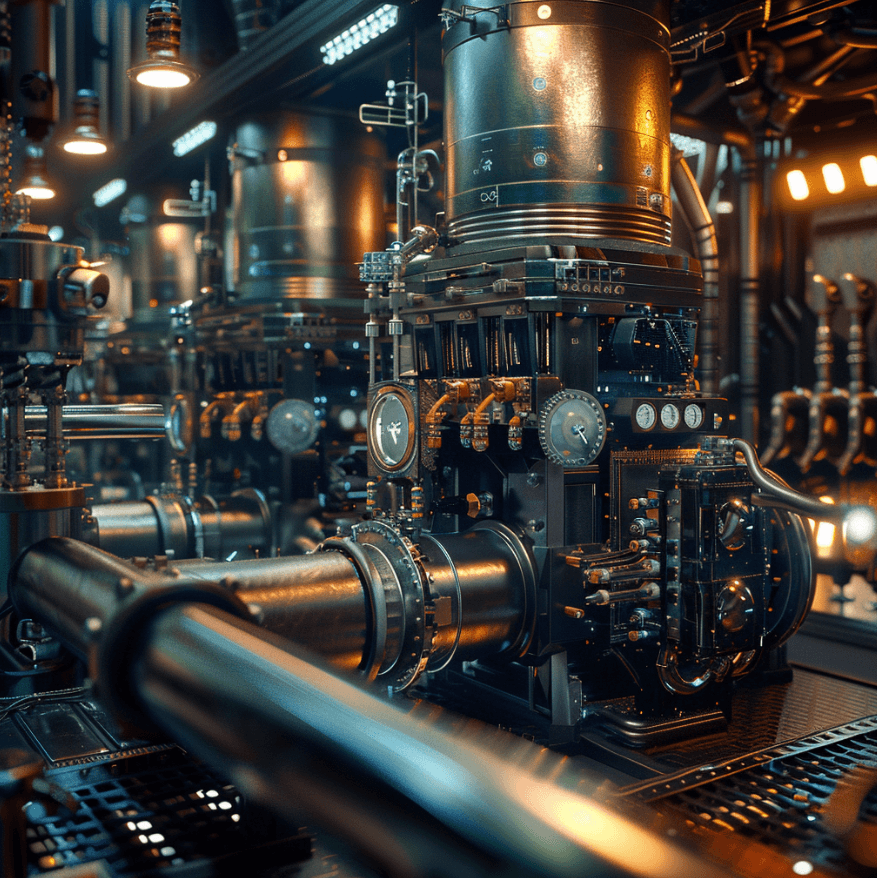

Nanomanufacturing involves manipulating materials at an atomic or molecular scale.
It allows us to create products with enhanced properties like increased strength, lighter weight, greater chemical reactivity, and improved electrical conductivity.
Nanoparticles, materials with dimensions of 1 to 100 nanometers, often exhibit unique properties due to their small size. Nanomanufacturing techniques are used to precisely control the size and shape of these particles during production.
Nanomanufacturing techniques and materials are used in many industries today to create high-performance products.
Several examples of where nanomanufacturing is making an impact include:
Nanotechnology is crucial for manufacturing the tiny components found in modern electronics like smartphones, tablets, and laptops.
Nanomanufacturing techniques are used to build integrated circuits, computer chips, LEDs, and other miniature electronic parts. The use of nanomaterials and precise nanoscale engineering allows electronics to become more powerful, efficient, and compact.
In the medical field, nanomanufacturing is enabling major breakthroughs. Nanoparticles and nanomaterials are used in drug delivery, diagnostics, and medical devices.
Nanorobots and nanobots are being developed to perform minimally invasive surgeries and targeted drug delivery within the body. Nanosensors are used for rapid disease detection and monitoring health conditions. Nanomanufacturing also produces advanced materials used in medical implants like hip and knee replacements.
The energy sector leverages nanomanufacturing to develop more efficient energy generation, storage, and usage technologies.
Nanomaterials are used to build lighter and more powerful batteries, solar panels, fuel cells, and capacitors. Carbon nanotubes and graphene are used to make supercapacitors that can store huge amounts of energy. Nanotechnology also enables improvements in wind turbines, oil refining, nuclear power, and building insulation.
Nanomanufacturing allows companies to enhance many household goods.
Nanomaterials are used to make stain-resistant and wrinkle-free fabrics, scratch-resistant and glare-reducing coatings, and long-lasting cosmetics. Nanotechnology produces lightweight yet durable materials used in sports equipment, and nanoparticles provide UV protection in sunscreens. Nanomanufacturing will continue enabling new and improved consumer products.

Nanomanufacturing offers quite a few benefits that are improving our world in big ways.
Let’s take a look:
Nanotechnology manufacturing is an exciting new field, but it also comes with some significant hurdles to overcome:
And that’s our quick guide to the world of nanomanufacturing.
From understanding how small we're talking (just a few atoms!), to the cool tools scientists use like atomic force microscopes.
But, primarily, what’s exciting about the world of nanomanufacturing is how it promises to radically shift our concept of how we create, make, and build things.
Say hello to high-end automation with RO1 by Standard Bots. This innovative robotic solution is perfect for both SMEs and established industry leaders.
Discover the RO1 difference firsthand with our 30-day trial. See how it transforms your workflow, and our dedicated team will support your success every step of the way.